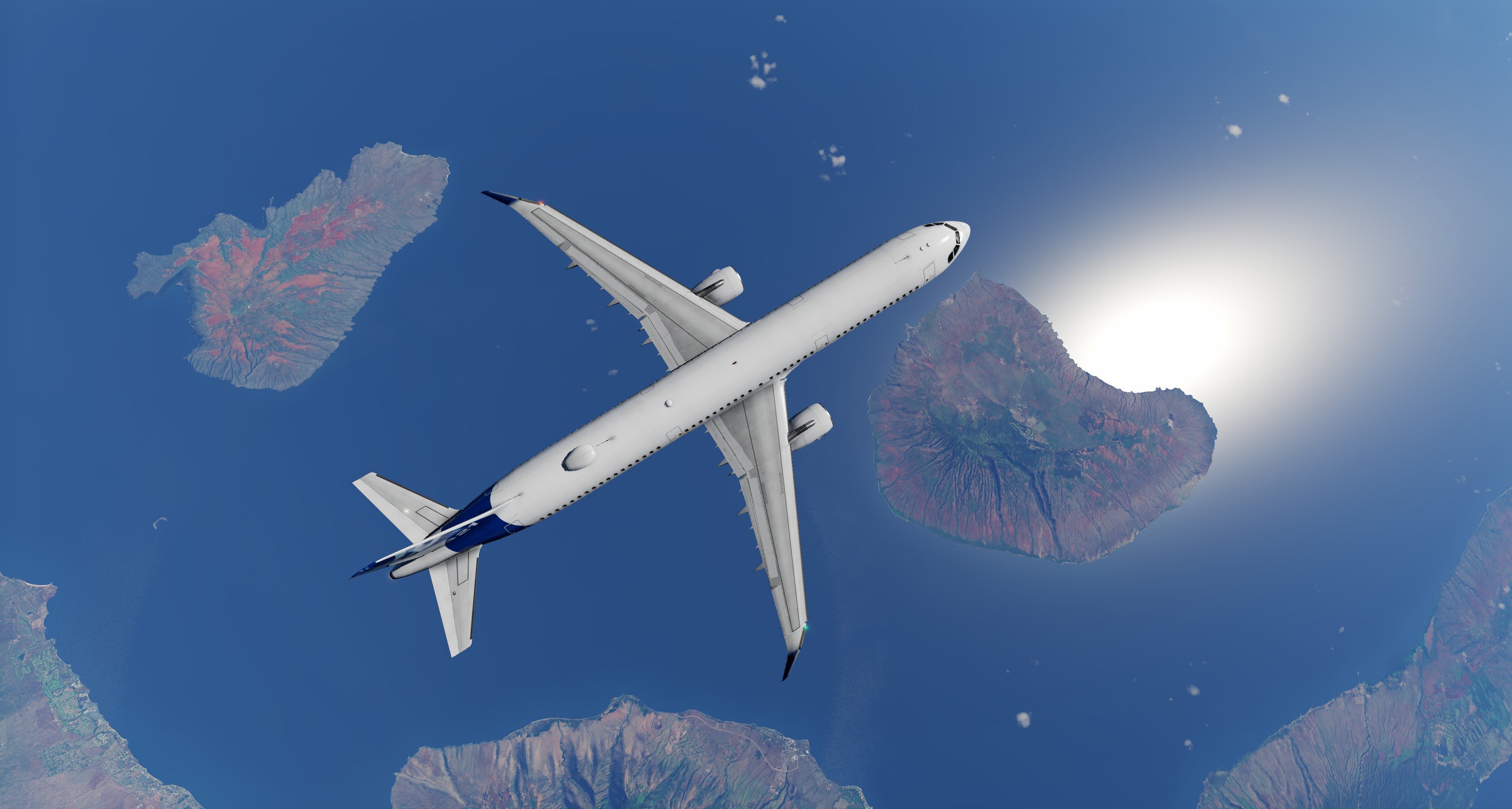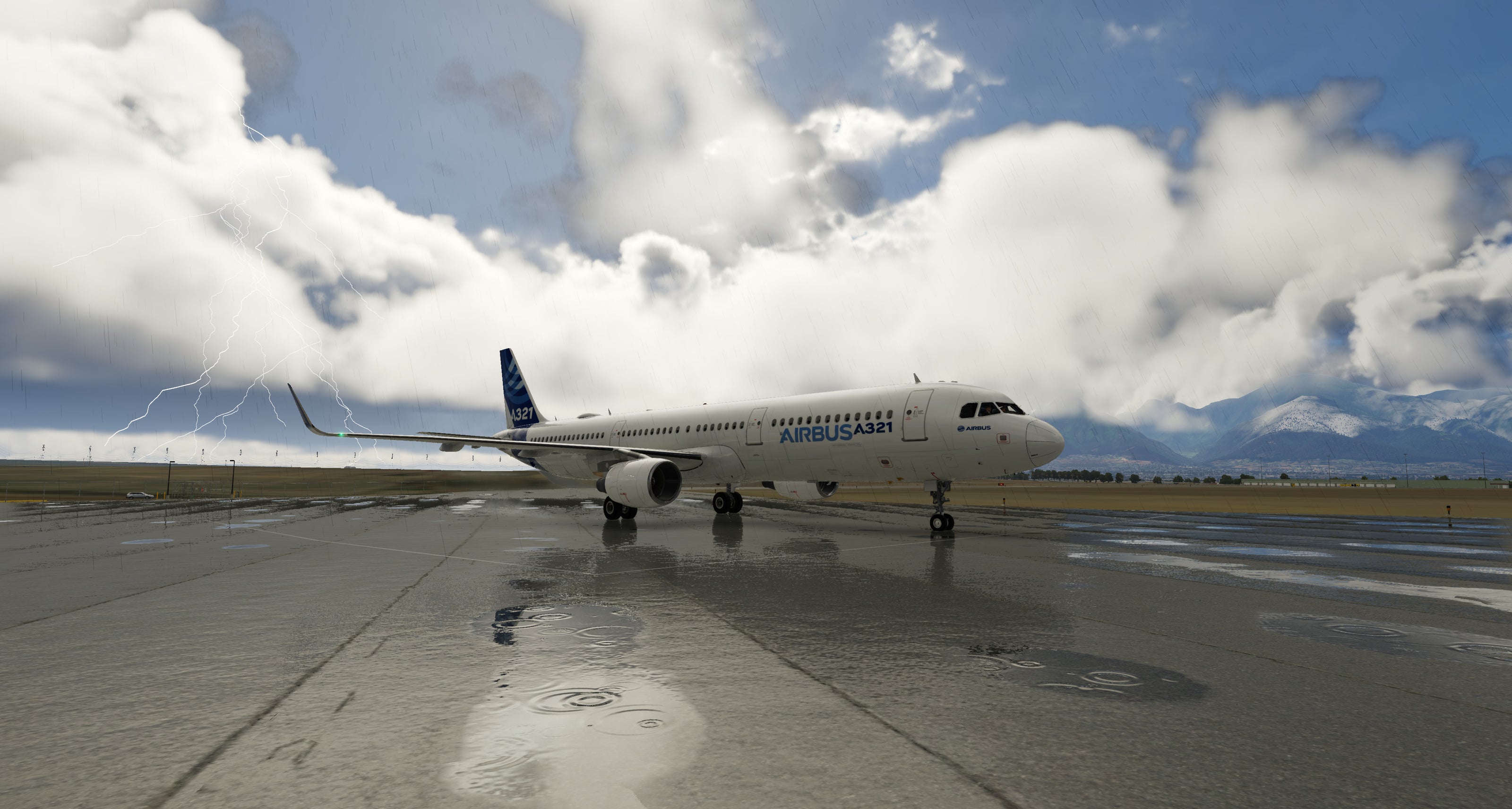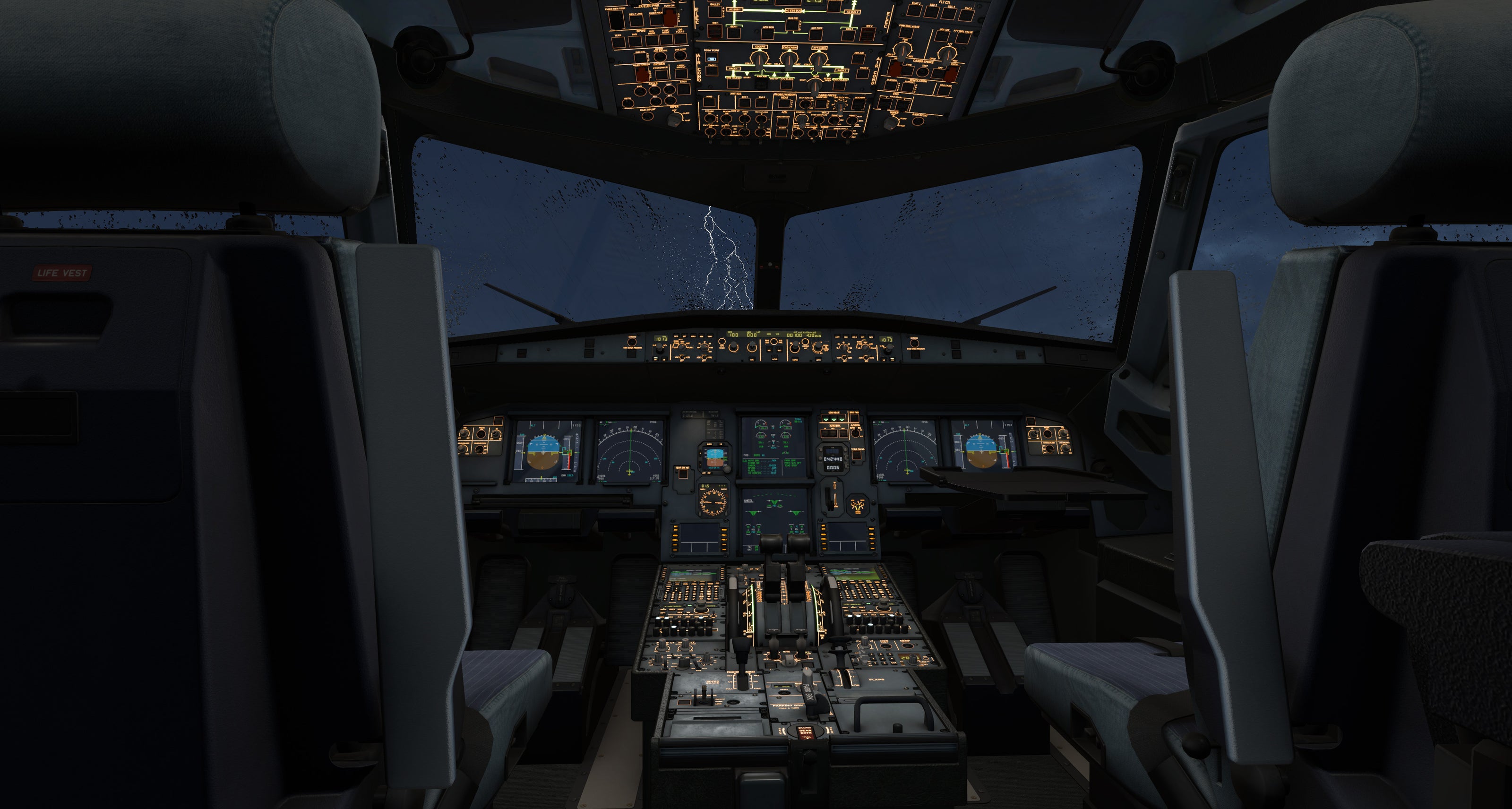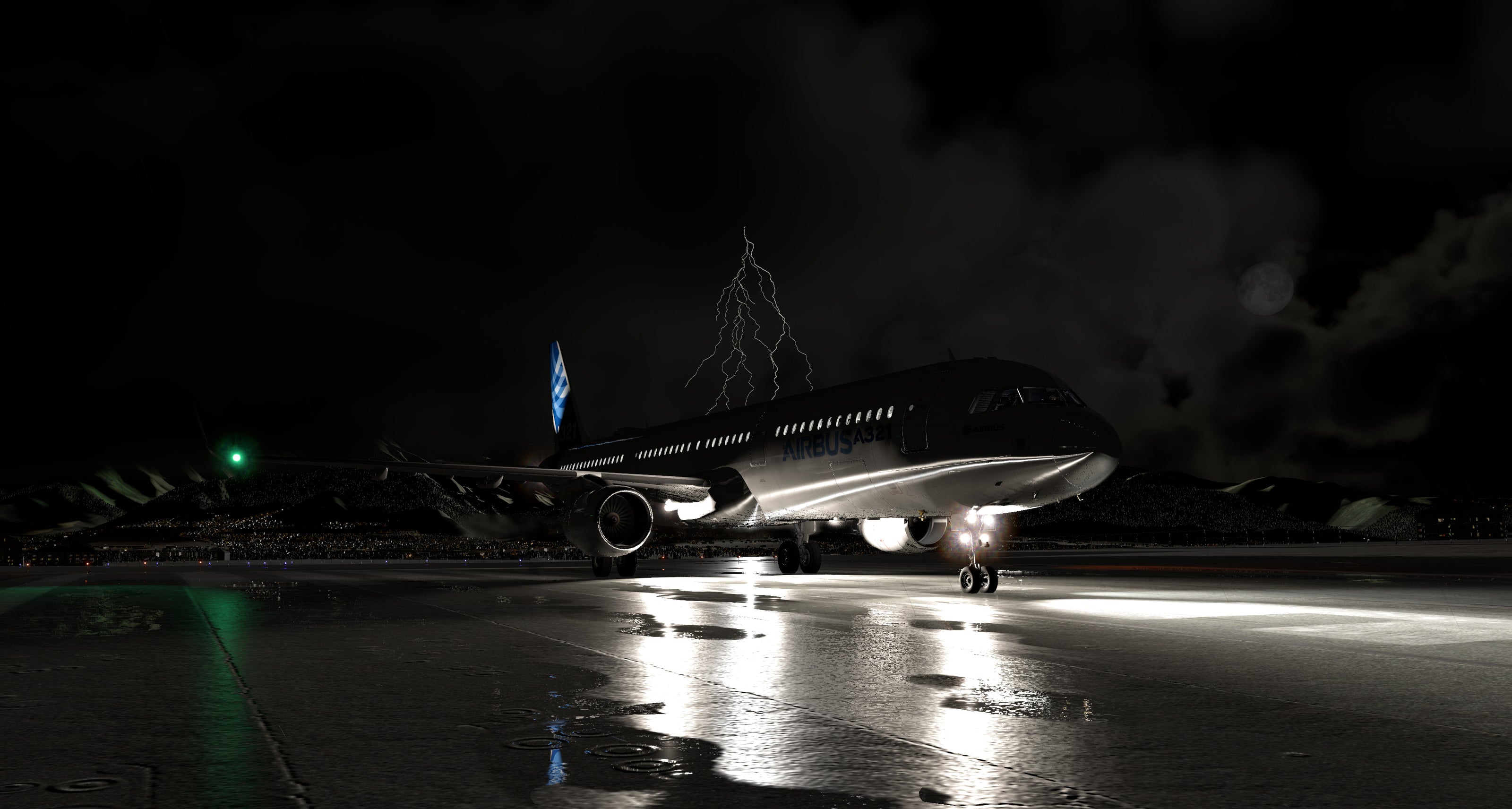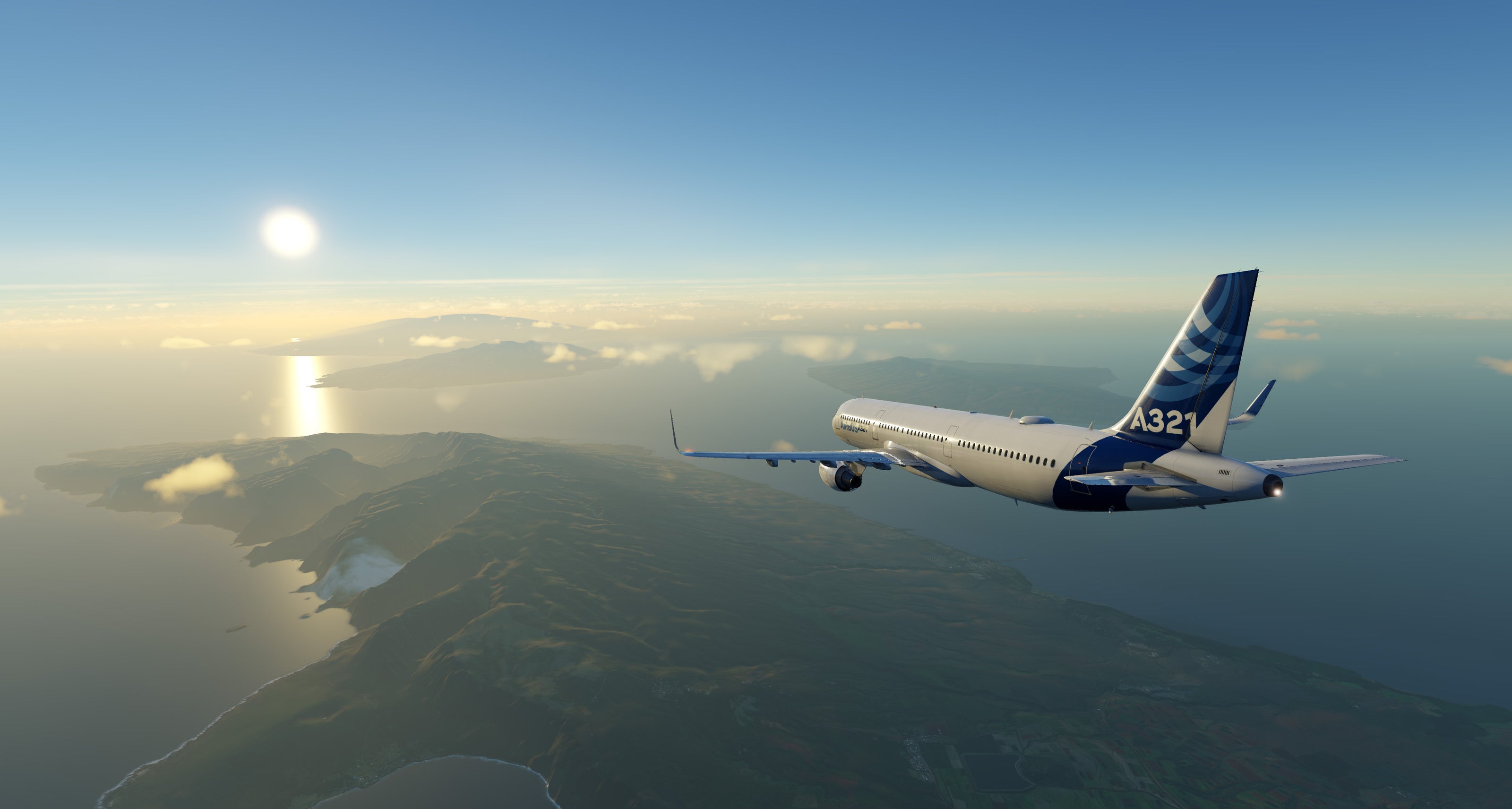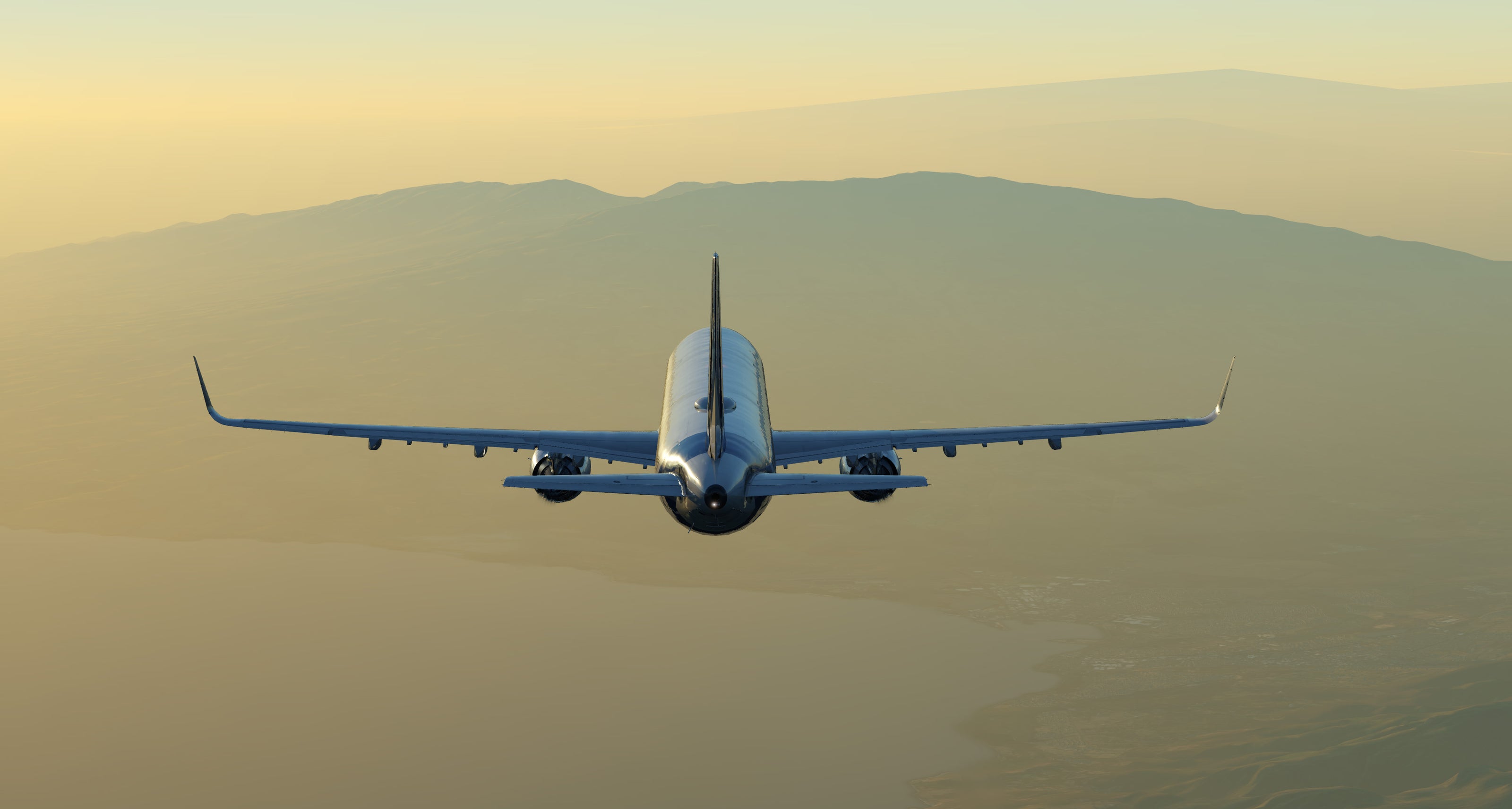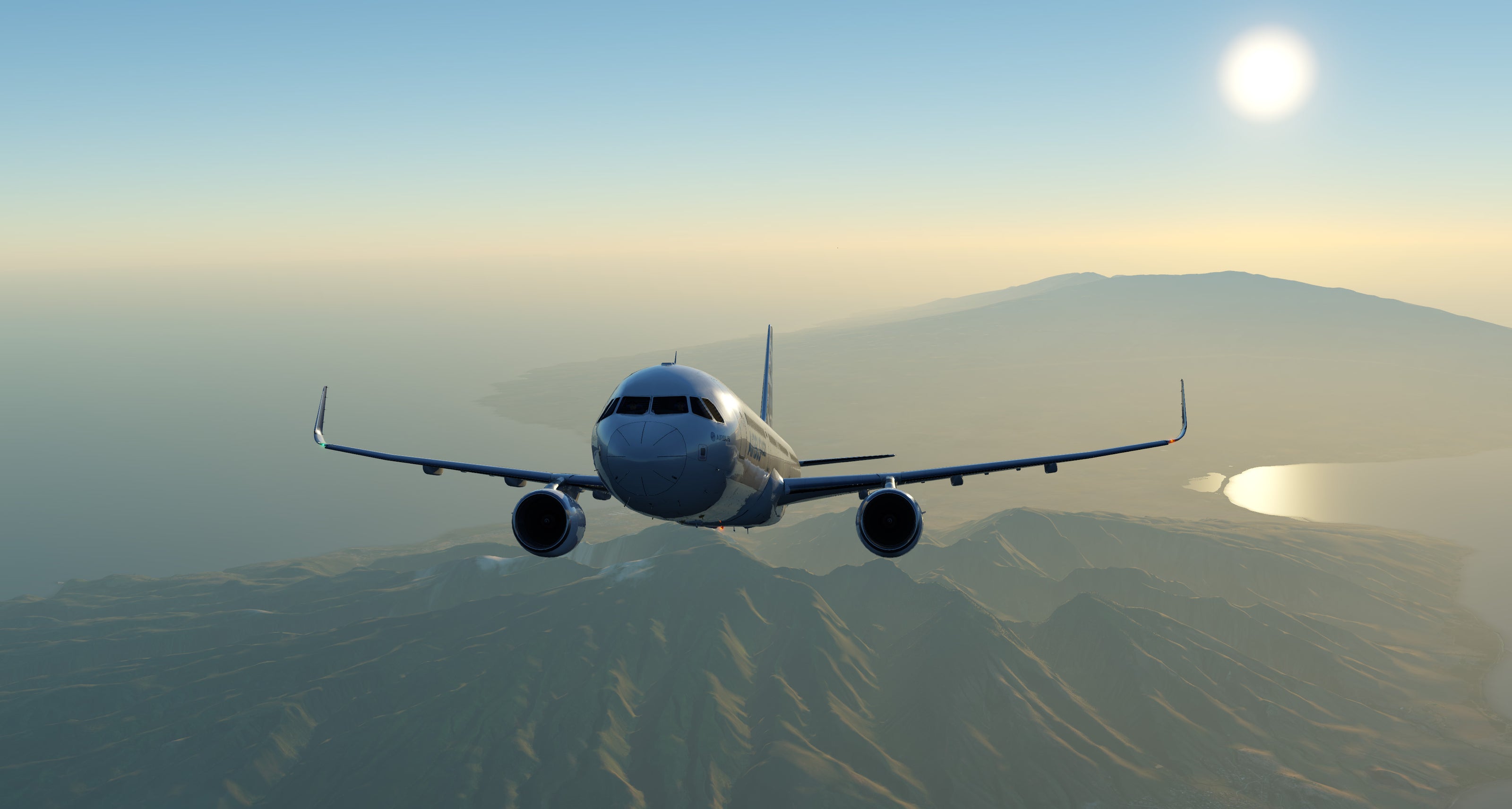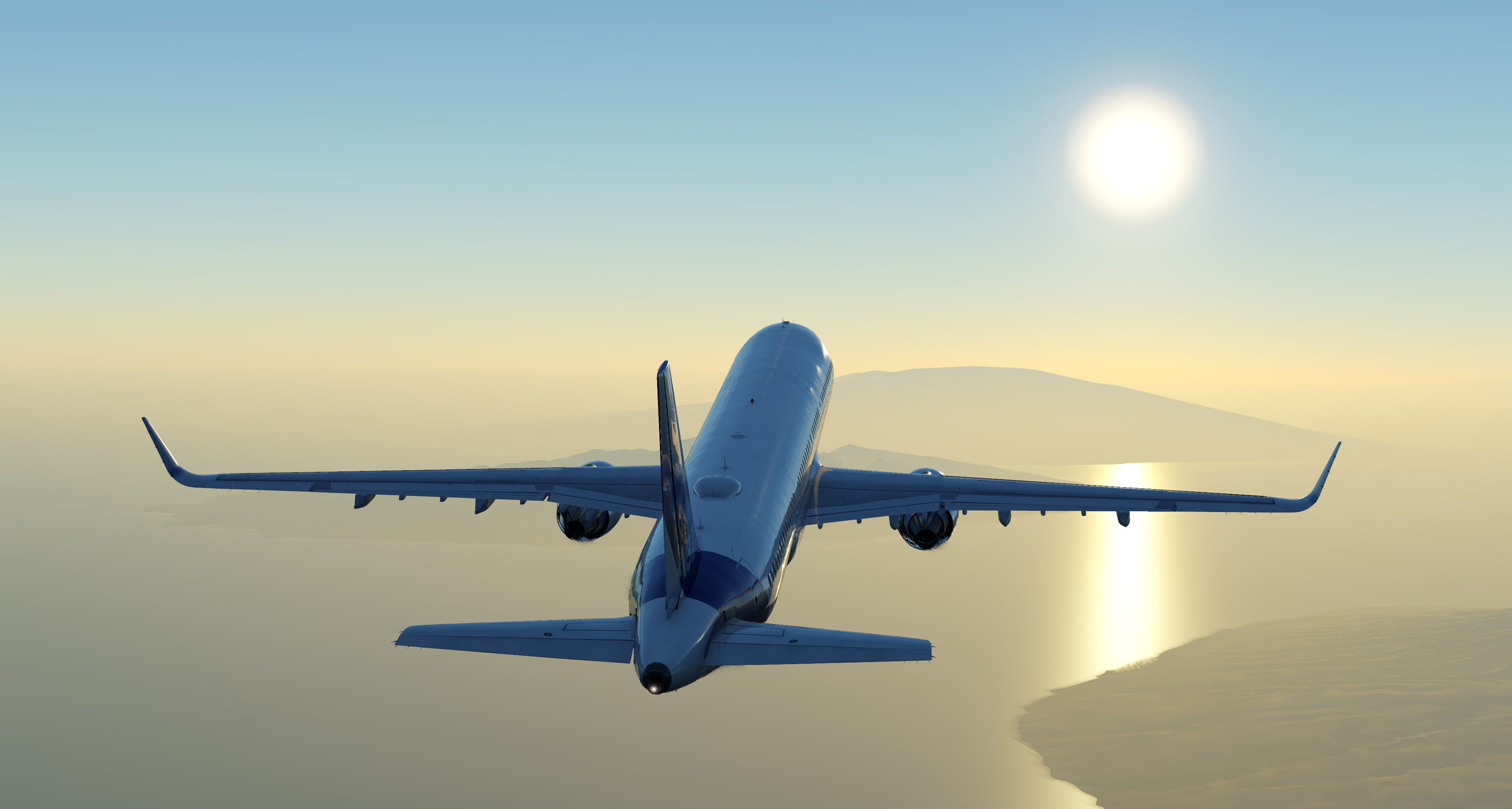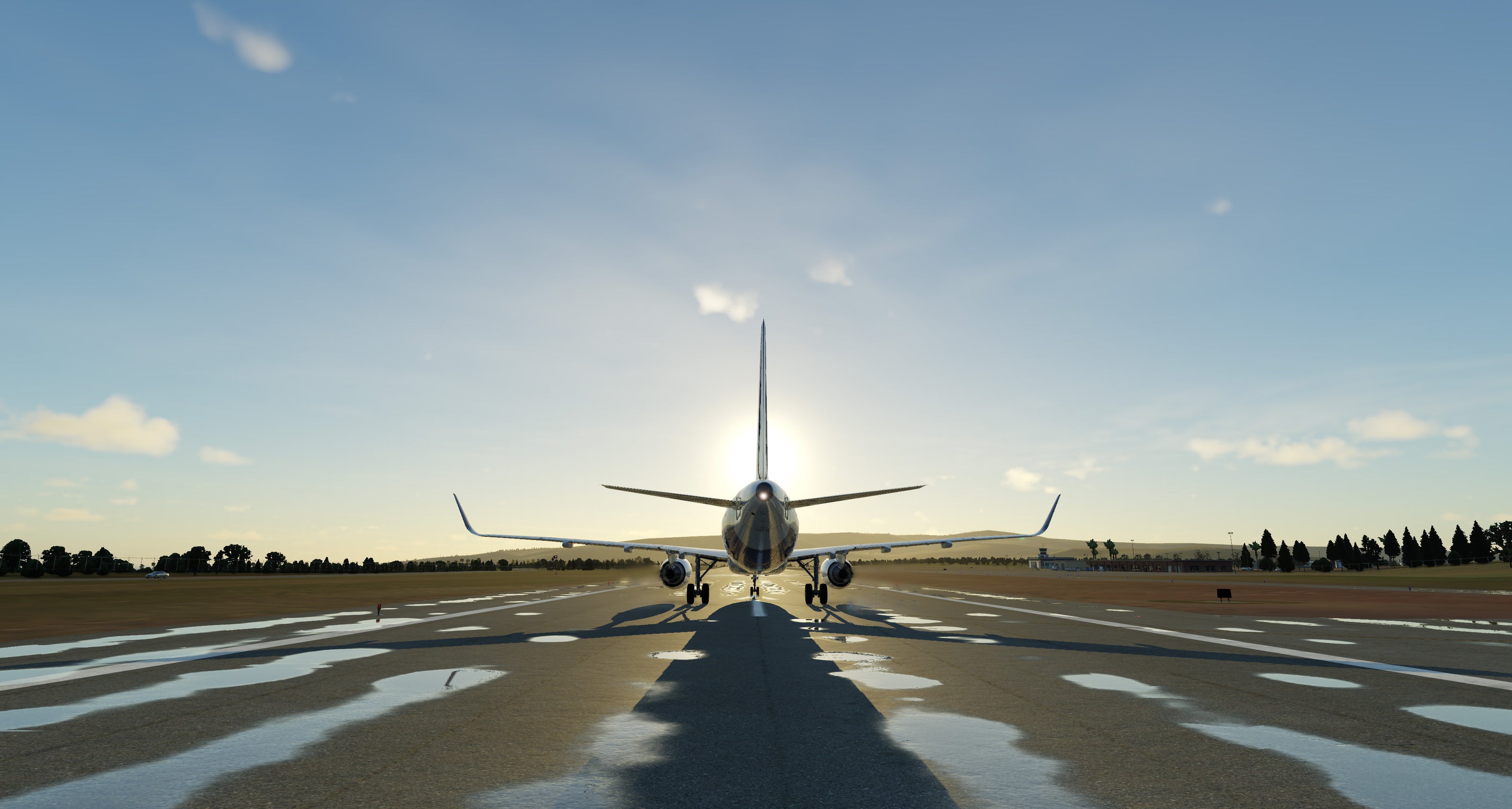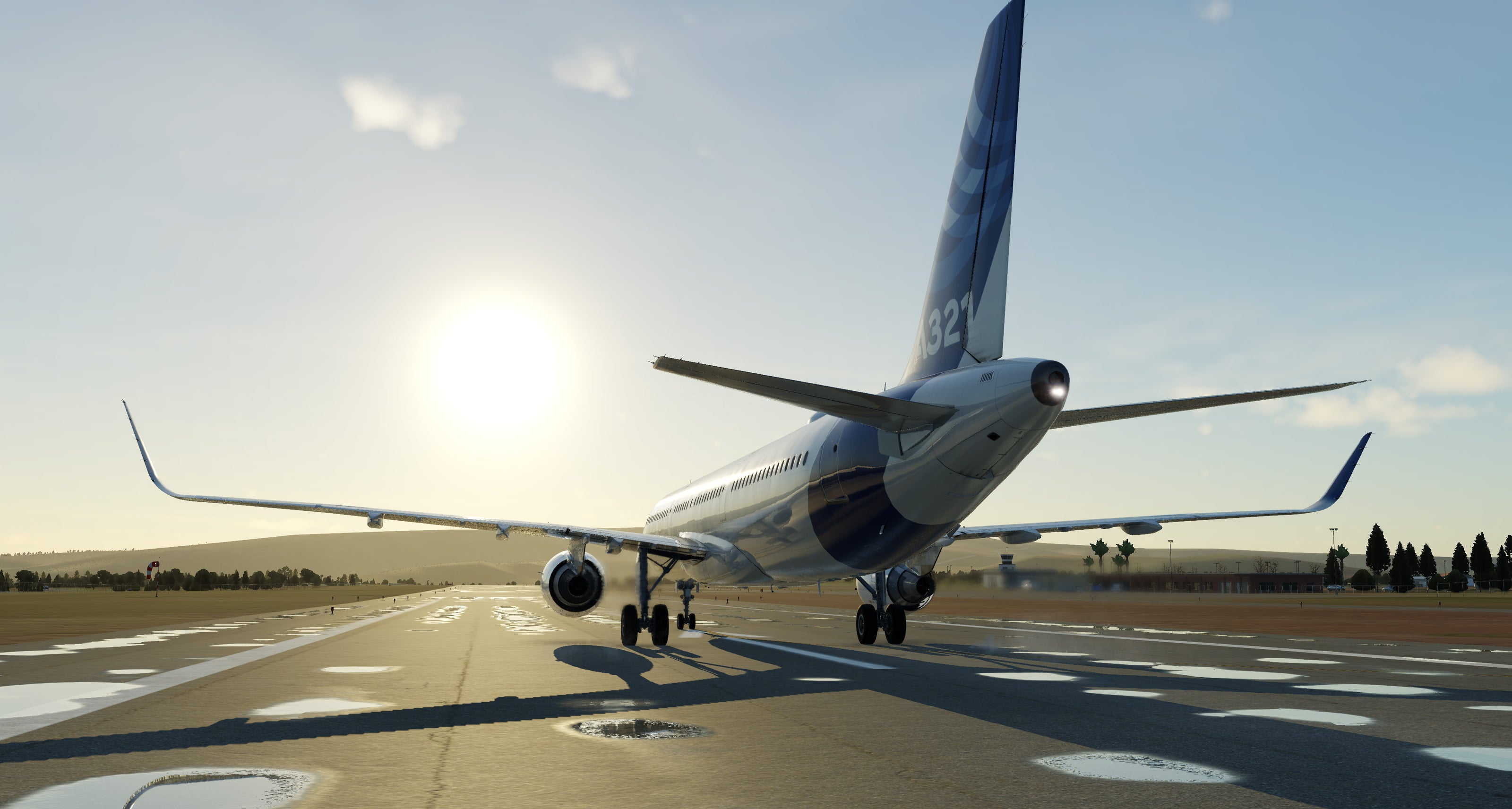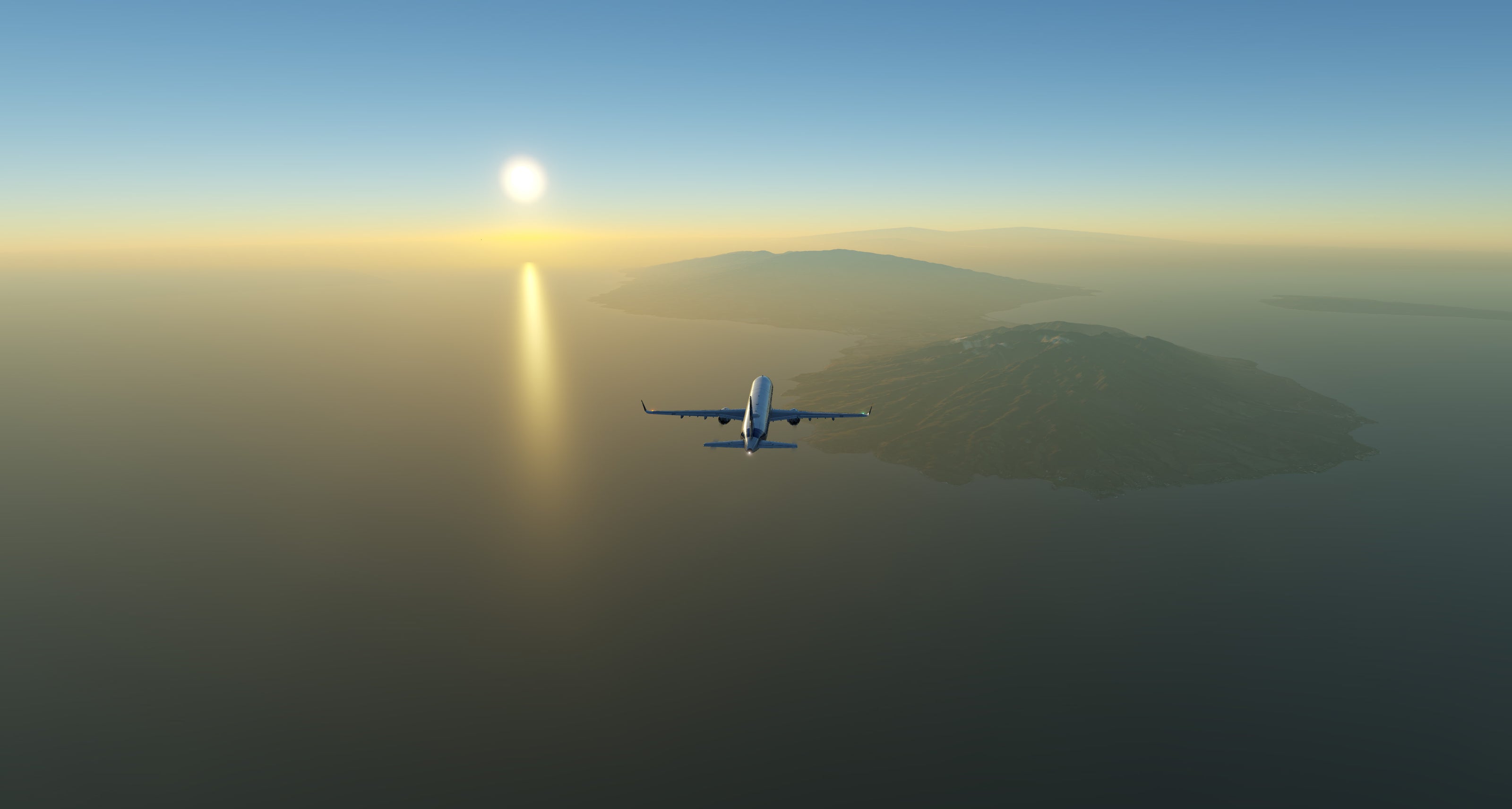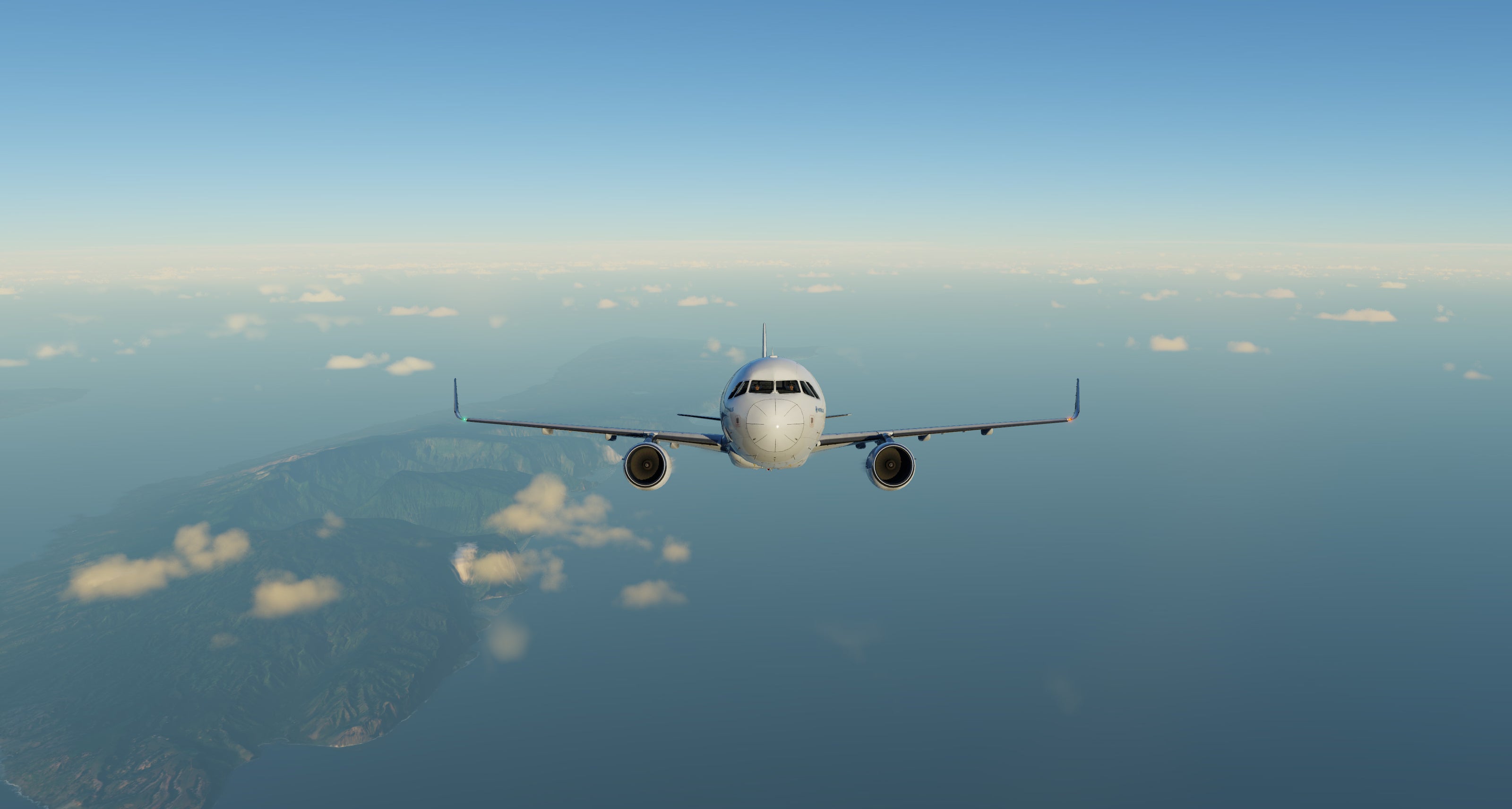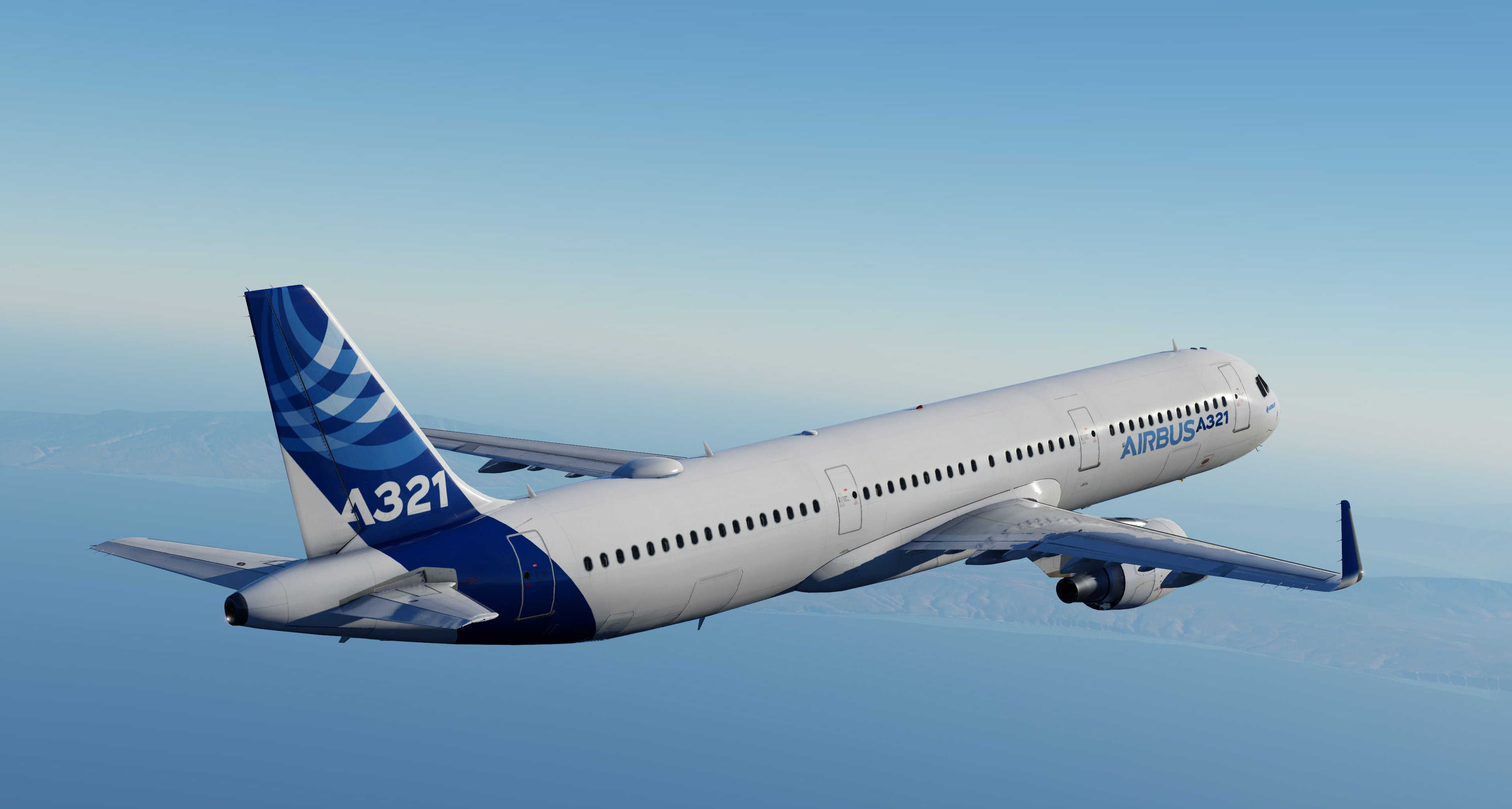
Discover the ToLiss A321
Click on common features to browse features that are present in all Toliss products
ToLiss A321 Specific Features
-
Engine Types
IAE V2533-A5
CFM56-5B3
-
Sounds
Sounds are automatically adapted to the current engine selection
-
Wingtip Devices
Choice of winglet or sharket with the corresponding effect on drag
-
ACT
Configurable number of additional cargo tanks (ACT) to adapt the fuel capacity to the mission
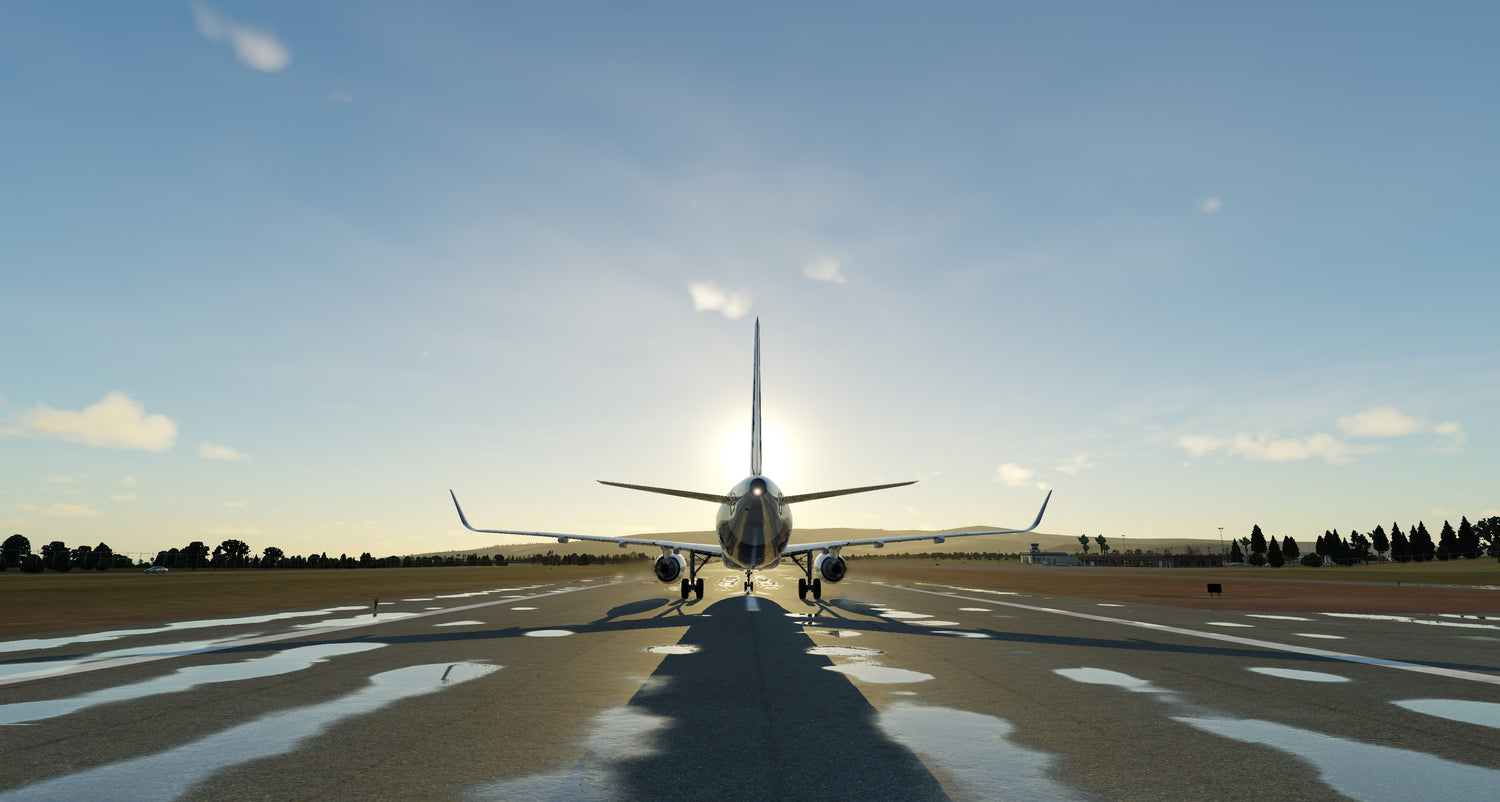
product
ToLiss A321
ToLiss introduced the A321 to its fleet on February 28th 2020.
The Airbus A321 is the longest member of the Airbus A320 family of short to medium range, narrow-body, commercial passenger twin engine jet airliners. It entered into service in 1994 with Lufthansa, about six years after the original A320. It can carry 185 to 220 passengers. The aircraft shares a common type rating with all other Airbus A320 family variants, allowing previous A320 family pilots to fly the aircraft without the need for further training. It is very popular by the airlines due to its ability to carry lots of passengers efficiently from A to B.
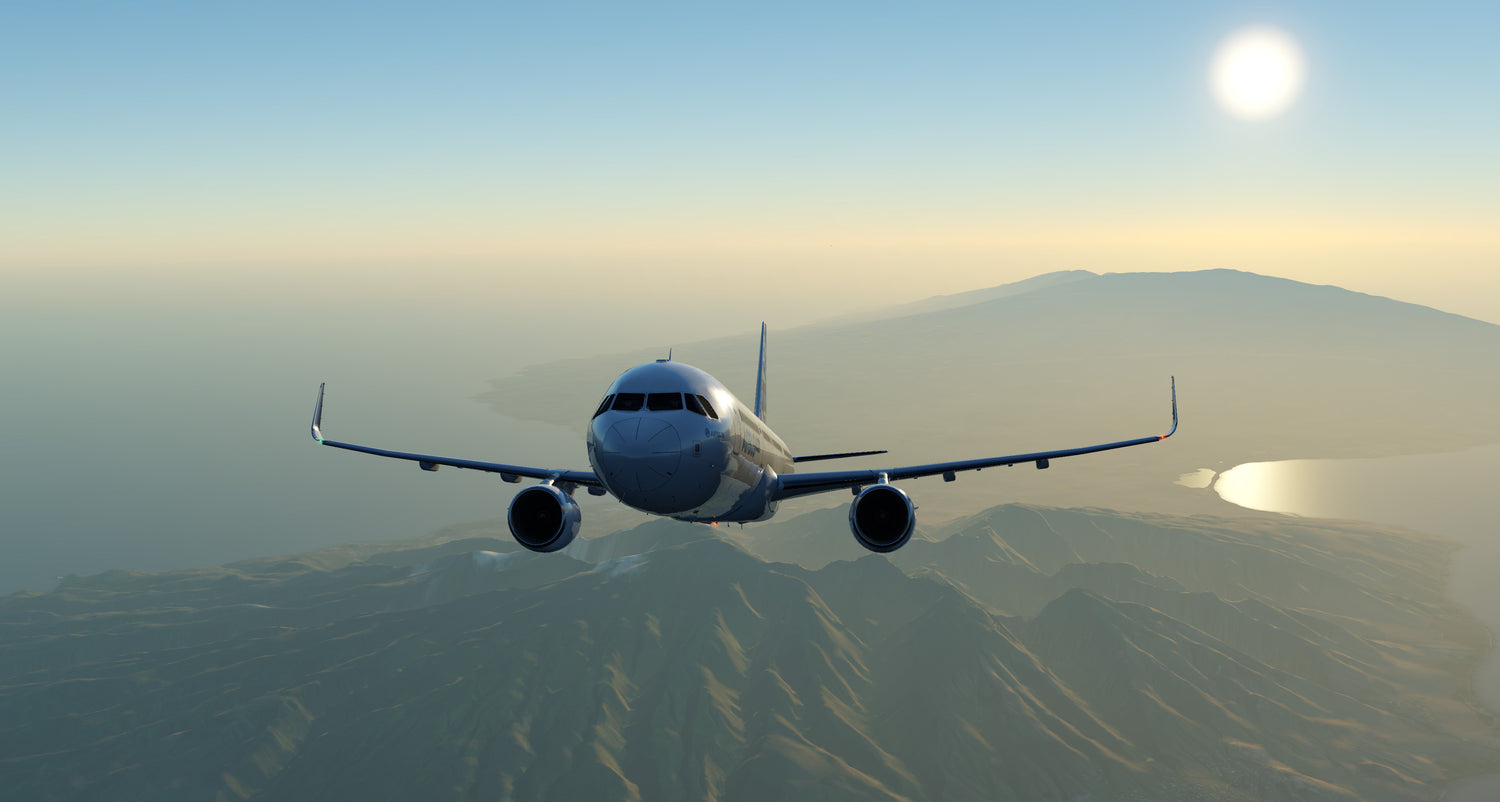
Design and features
The A321-100 was the first derivative of the original A320. Changes from the A320 include a fuselage stretch and some minor modifications to the high lift surfaces of the wing. The fuselage was lengthened by a 4.27m plug ahead of the wing and a 2.67m plug behind it, making the A321 6.94m longer that the A320. The wingspan remained the same and the A321 offered a choice of sharklets or winglet as wingtip devices. However, this A321-100 had a shorter range than the A320 because no extra fuel tanks were added to compensate for the increased weight. Few aircraft were produced until the A321-200 was introduced.
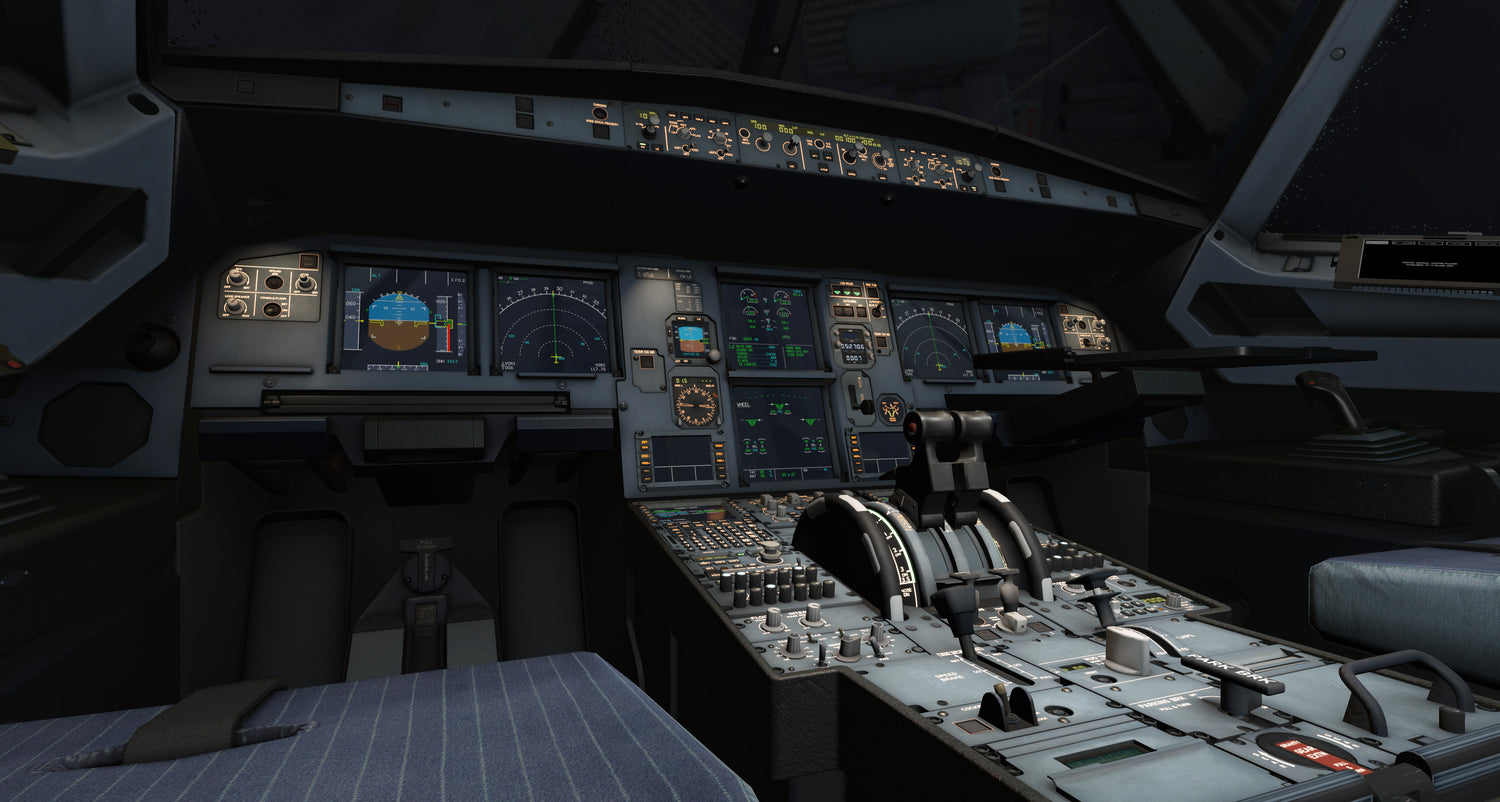
operational advantages
The A321-200 was developed to offer a longer range and more efficiency. This was possible thanks to the addition of higher thrust engines (V2533-A5 and CFM56-5B3), minor structural strengthening and an increase in fuel capacity with the installation of one or tow optional tanks in the rear underfloor hold. These modifications increased the maximum takeoff weight of the A321-200 to 93,000kg (205,000lbs) and offered a range of 3,200nm with sharklets. This variant first flew in December 1996, and entered service with Monarch Airlines in April 1997.

